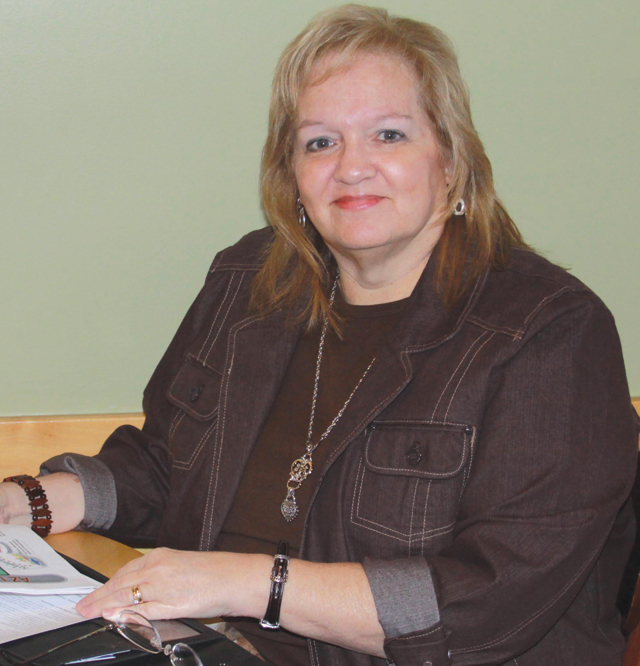 One of the most frequently asked questions I receive from parents is, “When should my teen start planning for college and/or a career?”
One of the most frequently asked questions I receive from parents is, “When should my teen start planning for college and/or a career?”
Only two words sum up my response—start early!
As you might guess, there are different levels of planning, depending on the age of your teen.
With the unprecedented and rising costs of a college education (25 percent increase in the past five years) and the ever-evolving global job market, obtaining information earlier can assist parents and teens in making more informed decisions. Early planning also can help ensure better aligning of academics and activities, while purposefully creating opportunities for potential scholarships and internships.
Simply stated, early planning by parents and students is not just prudent. It affords more choices and opportunities. High school and college planning discussions should take place with families during seventh and eighth grades. You can’t plan for what you don’t know.
Discussions in grades nine through 12 should focus on holistic planning, actively connecting all areas of a student’s life passions and career assessments, academics and extra-curricular activities, as well as volunteering and forging community relationships for future internships and jobs. Once these areas have been defined and connected, applying for scholarships and planning yearly to-do lists, such as taking college placement exams, can be easily executed. Without the proper guidance for connecting all areas of a student’s life, school becomes boring, and the to-do lists become meaningless.
The biggest gap for high school students is connecting their academics with their desired futures. And the I’ll figure it out in college approach comes with a hefty price tag attached with switching majors. To avoid these costly and frustrating changes in college, students need opportunities and experiences outside the classroom to test the waters prior to finalizing their college major or career path. As a community invested in the future workforce of Arizona, we must provide real-time experiences, job shadowing and professional mentoring for students to make well-informed decisions about life choices and careers.
As a career counselor, who works with both young teens and well-established professionals, there are a number of gaps, which need to be bridged to better assist students in planning their futures with clarity. Consider this:
Most teachers and school counselors, as well as some parents, to a lesser degree, have been doing the same jobs for the majority of their careers. Stability and longevity is not a bad thing, of course. They are, however, the antithesis of what today’s teens will be facing with an average of 15 to 20 jobs during their lifetimes. The constant reinvention of one’s career, or repurposing of core competencies, through accelerated, advanced and nontraditional learning, will be both necessary and expected.
Since the recession in 2008, the competitive job market and job search strategies have changed dramatically for those laid off, those entering the job force after college, or those looking to make a career change. People, who had been employed for 20 years, with the same organization, suddenly found themselves trying to navigate unfamiliar territory, while also differentiating themselves from the mounds of competition—locally, nationally and even globally.
Fortunately or unfortunately, today’s students will not share this experience. They will, however, be regularly adapting to changing and emerging job markets and the constant redefining of employee talent to compete in the coming jobs war.
Arming students and their parents with the latest information and a well-connected plan during these increasingly important teen years will effectively seal the gaps between their daily class work, career aspirations and the competitive jobs currency, which is happening throughout the U.S., China, India and many other competing economies. This new employment landscape requires changes for all of us, but it will most assuredly play a big role in teens’ future plans and successes.
So, how well informed are you in these areas? Take the sample quiz to find out how much you know and where you may need a little help!
|
PARENT QUIZ: In what grade can credits start counting toward a high school diploma? Today’s average post-secondary student graduates from college in ____ years. High school students spend less than one hour/day/week (circle one) per year talking with their school counselor. In Arizona, the counselor to student ratio is one counselor for ______ students (which is far above the recommended ratio of 1:250). The No. 1 reason for students dropping out of college today is_________________________________________. Students whose parents make more than $60,000 per year cannot receive financial aid assistance. (True or False) High school students can earn college credits by taking _____________________ courses and/or ____________________ classes during high school years. If a student is contemplating attending college out of state, be aware that most _______________________ credits may not count. College entrance exams should be taken during a student’s ______ year. Planning for college includes considering a student’s goals and passions, a family’s financial resources, as well as customized options based on these and other factors. There is no single right strategy. (True or False) If you would like answers to the above questions, and/or would like to discuss any of these questions in further detail, send an e-mail to azleadersandlearners@gmail.com, or call Mary Martha Gingerella at (480) 329-0450. |

